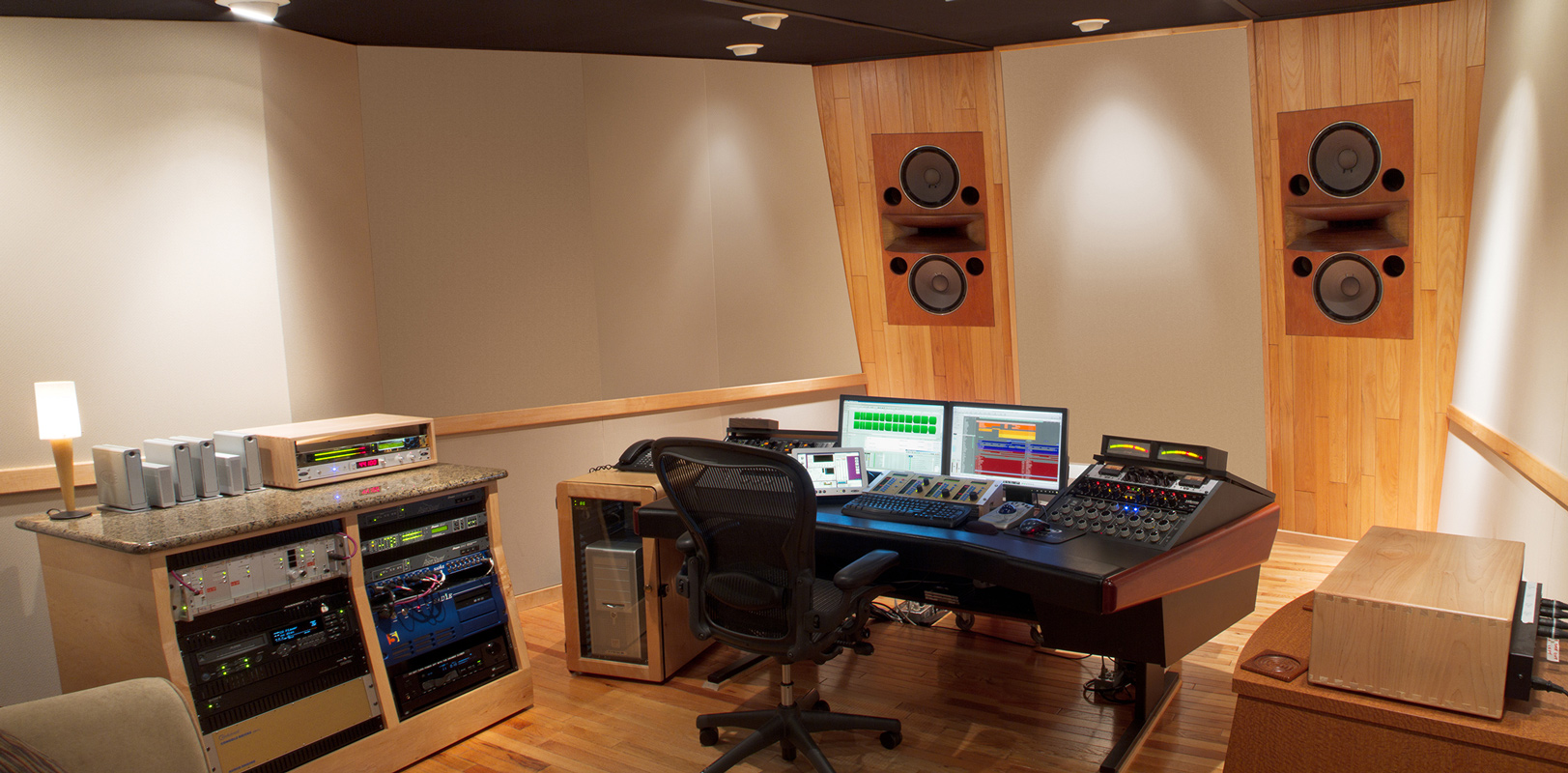We have updated this blog on 12/13/19 from its original posting to include new information and thinking in regards to room designer Tom Hidley and Non-Environment Rooms.
More Than One Third Octave Needed
In an attempt to standardize all control rooms, so we can determine what good sound is we must look at room designer Tom Hidley. Tom Hidley came from the school of thought that looked at one-third octave room response and if balanced we were good to go. We now know today that this approach does not take into consideration phase and without phase considerations, we can not have a proper transient response within the room. We need to look at wall surfaces and composition.
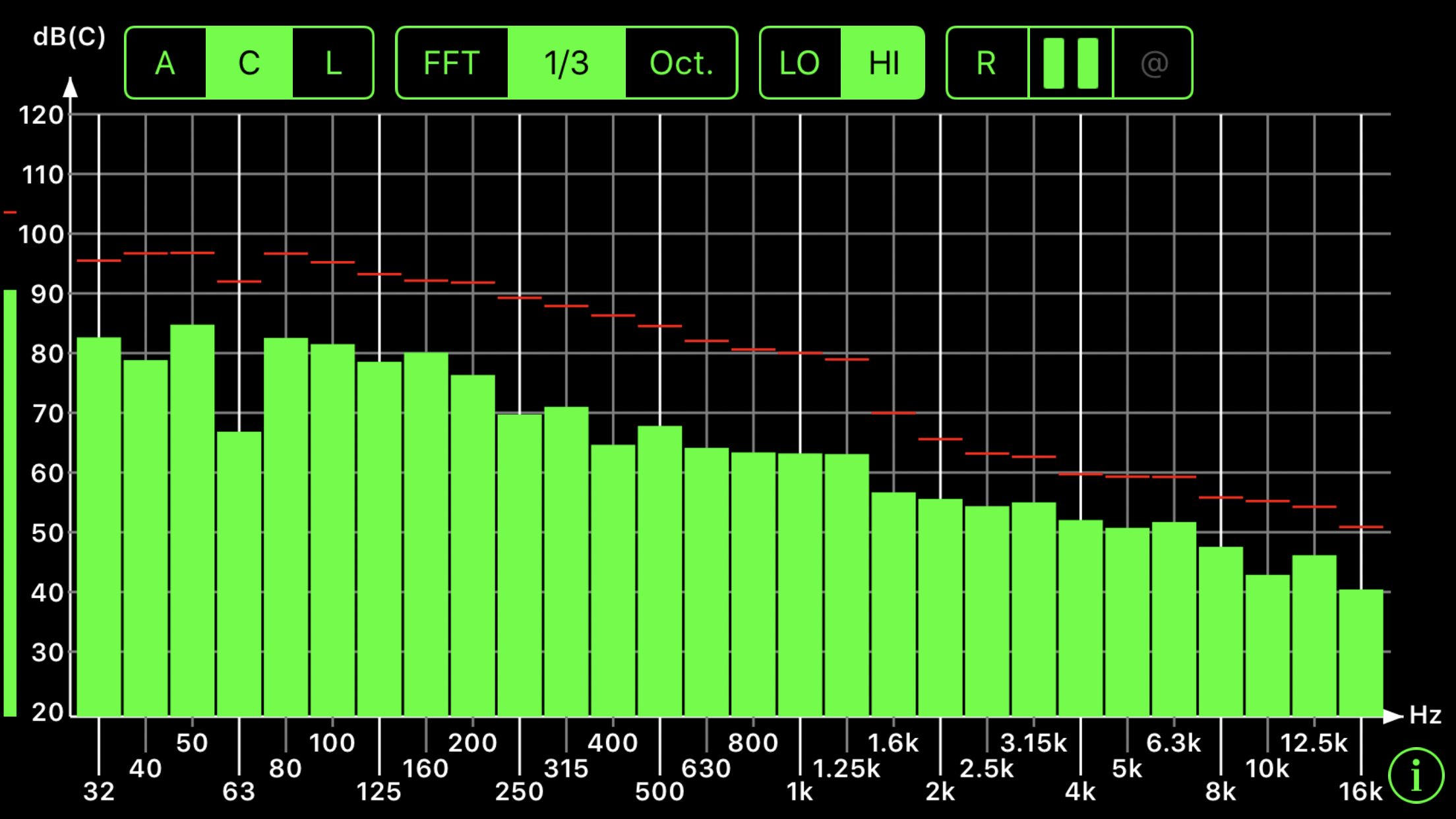
Octave Bands
Stevie Wonder
During this time period rooms were viewed as over trapped. This term came about because individuals felt that the bass did not have the same balance as the middle and high frequencies. Individuals were not able to figure this issue out because the analyzers were all measuring flat. The room in question was booked for Stevie Wonder. During the session, Stevie Wonder kept referencing and pointing to the loudspeakers. However, the locations he was pointing to were not where the speakers were located. Localization of the speakers was difficult because there were too many reflections.
Japan Journey
His next journey took him to Japan where he was to build two rooms which were similar in design to rooms he had made in the past. The terms and conditions of this task were rather unique. He consented to build the rooms but he had certain requirements. He would build one room the way the client wanted it and the other room he would build the way he wanted it. Whatever room was the best liked by musicians and engineers, would be the room to stay built. The other room would have to be demolished and the favored room would be built into its place. The winning room was termed the Non-Environment design.
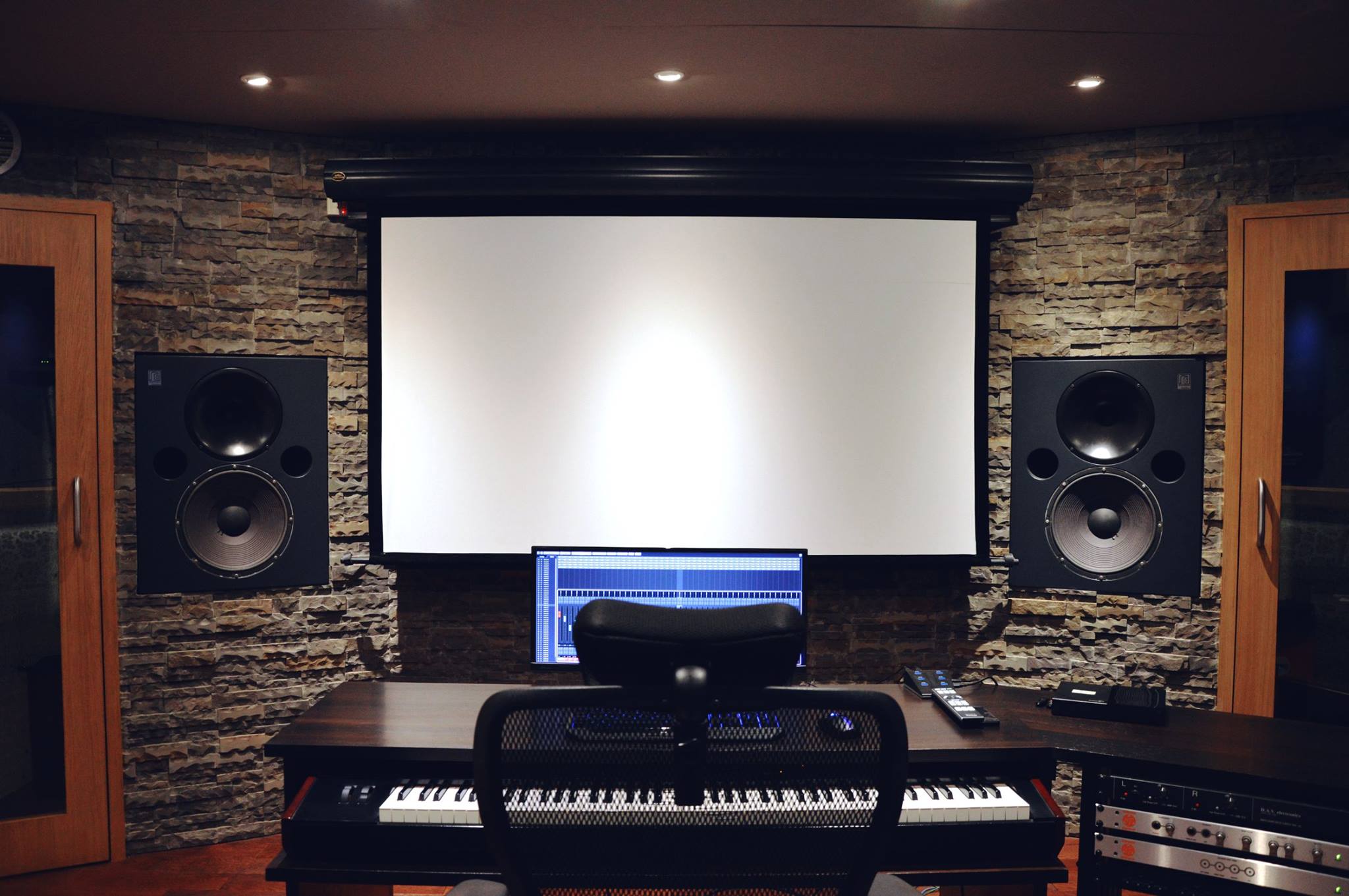
Tom Hidley Studio Room
Non Environment Room
The new Non-Environmental design was different. It had low decay times, hard front walls, and of course,flush-mounted, front wall monitors. This was a radical departure from current “live end dead end” acoustical studio approaches that were currently being built in the USA. Chip Davis pioneered this technology which had the front of the room treated with absorption and the rear of the room left more lively through no treatment or the application of diffusion technologies. Vertically aligned monitors were introduced at this time into the Non-Environment Room.
Time Aligned Speakers: https://en.wikipedia.org/wiki/Loudspeaker_time_alignment
Time Aligned Monitors
With this new control room design, it was relatively easy to fire the vertically aligned monitors into a highly absorbent rear wall. That issue was resolved. However, now Tom had to address the Omni-directional low-frequency energy within the room. Different sized rooms produce resonances at different frequencies because of the given room dimensions. He needed a universal type of low-frequency absorber that could be applied to any room size if we are going to standardize a room for the sound quality
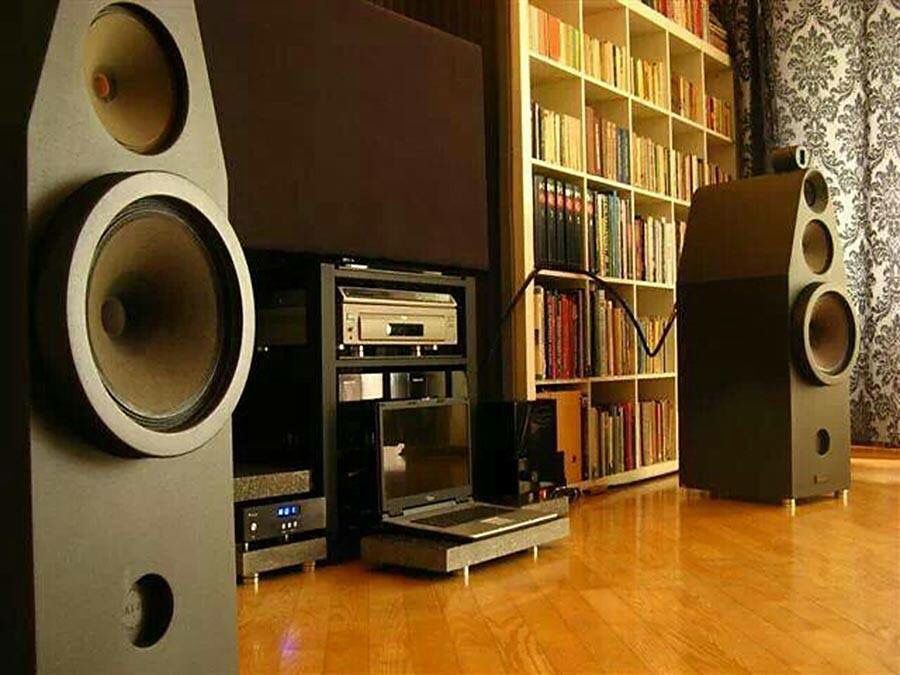
Time Aligned Low-Frequency Driver
Membrane / Diaphragmatic Absorption
The solution to the low-frequency absorption standardization technique came about with membrane absorbers in front of a panel or diaphragmatic absorption as we know it in North America. The membrane absorbers were good down to 100 cycles and then the panel or diaphragmatic absorbers would handle below 100 Hz. One could lower the resonant frequency of the diaphragmatic absorber by making the panel depth larger and also by lowering the Q value of the cabinet.
Modeling Not Easy
To make life easier, Tom tried to model this new room and come up with a standard that could be applied universally. He was designing rooms that had 10 Hz. cycles to design for, so a low-frequency component that could be placed inside the rooms was paramount. He used one-tenth modeling of all absorptive systems, but this model did not seem to translate to real sound properties. Modeling of complex systems within a room is difficult.
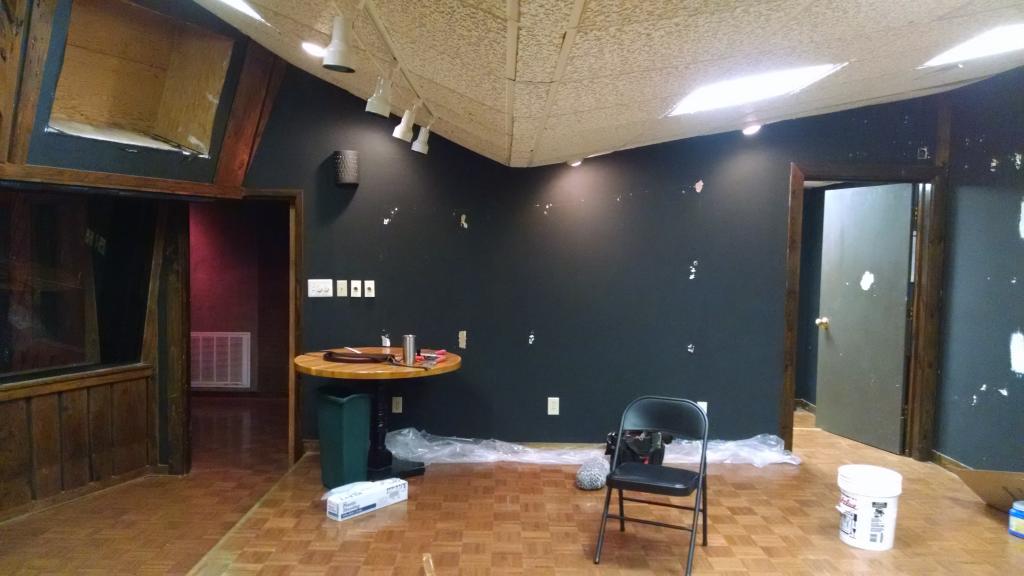
Room Designed by Tom Hidley
Hard Front Walls
There was a general balancing of materials and construction methods that did appear on a consistent basis. The first was hard front walls. This was very different from what anyone was doing at the time. Absorptive front control room walls were the norm. Monitors built into the front wall were also new. This approach allows for the omnidirectional energy that radiates from the speaker to be managed and it also allows for vibrational control of cabinet vibrations at higher sound pressure levels.
Hard Floors Everywhere
Hard floors were prescribed throughout the whole control room. The rear wall was to be highly absorbent along with the sides and ceiling. There was some degree of variability at these surfaces. If more absorption was deemed necessary by the end-user on the rear wall then so be it. Ceiling and sidewall reflections could also be managed in a similar fashion.
Non Environment Rooms / Playback
With the new Non-Environment Rooms, one did not have to have a separate playback room to make sure our mix translated well. With the Non-Environment Room, we had all the sounds present and accounted for in a nice and real balance. All low ends were tight and their place along with the middle and high frequency riding firmly on the bass notes. All images were focused and in place on the sound stage.
Balanced Standard
Tom Hidley’s Non-Environment Rooms were unique for their time and are still used today. The goal was to minimize all the contributing components of room sound so that the combined room sound variables all together did not add up to an issue. Reducing the room sound error rate with the room acoustical components down to their minimum influence levels would produce a room with fewer errors and less room sound. Standardizing the room surface treatments for proper reflection control and a throughout the room low-frequency control approach, provided the proper standardization for all of this room sound minimization to occur.
Learn More About Us At Acoustic Fields: https://www.acousticfields.com/about/
In Summary
I hope this explanation helped. If you want to learn more about this subject please sign up for our free room acoustic treatment videos and ebook which provide step by step instructions. Get instant access by signing up now.
Thanks
Dennis


